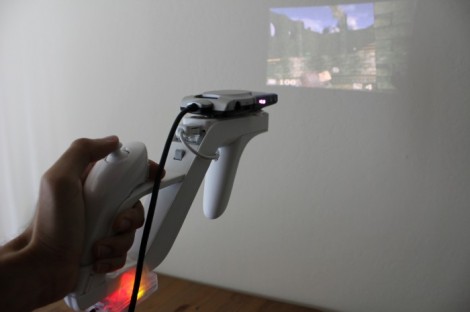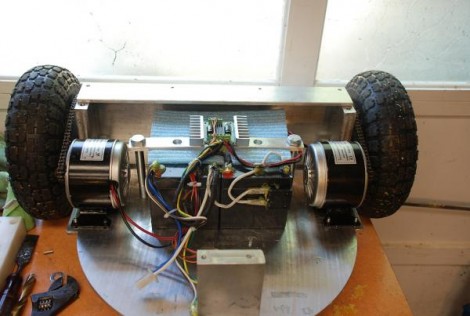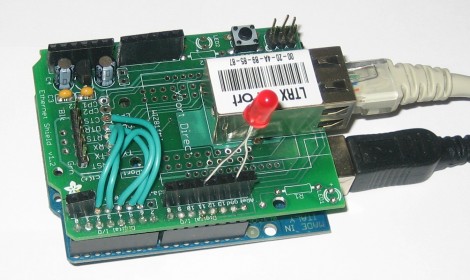You may remember seeing the golf glove air guitar hack last month. Here’s two more uses for gloves with sensors on them.
On the left is a glove interface with flex sensors on each digit as well as an accelerometer. The VEX module reads the sensors to detect sign language as a command set. A shake of the hand is picked up by an accelerometer to delineate between different command sets. See it controlling a little robot after the break. This comes from [Amnon Demri] who was also involved in the EMG prosthesis.
Straight out of Cornell we have the SudoGlove, seen on the right. [Jeremy Blum] and his fellow engineering students bring together a mess of different sensors, sourcing an Arduino and a XBee module to control a small RC car with added lights and a siren. There’s embedded video after the break. You may want to jump past the music video for the description that starts at about 3:52.
Continue reading “More Glove-based Interfaces” →
















